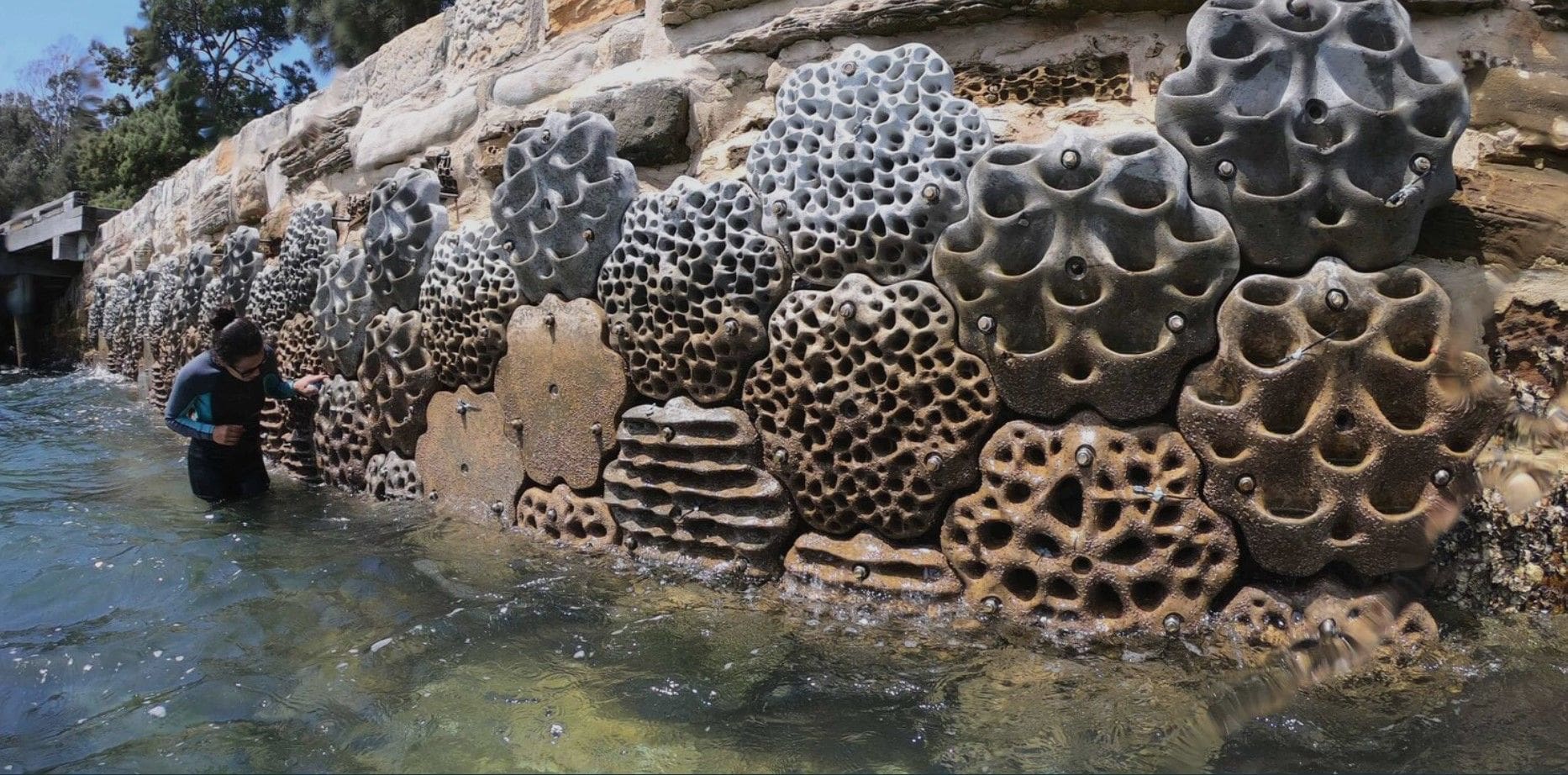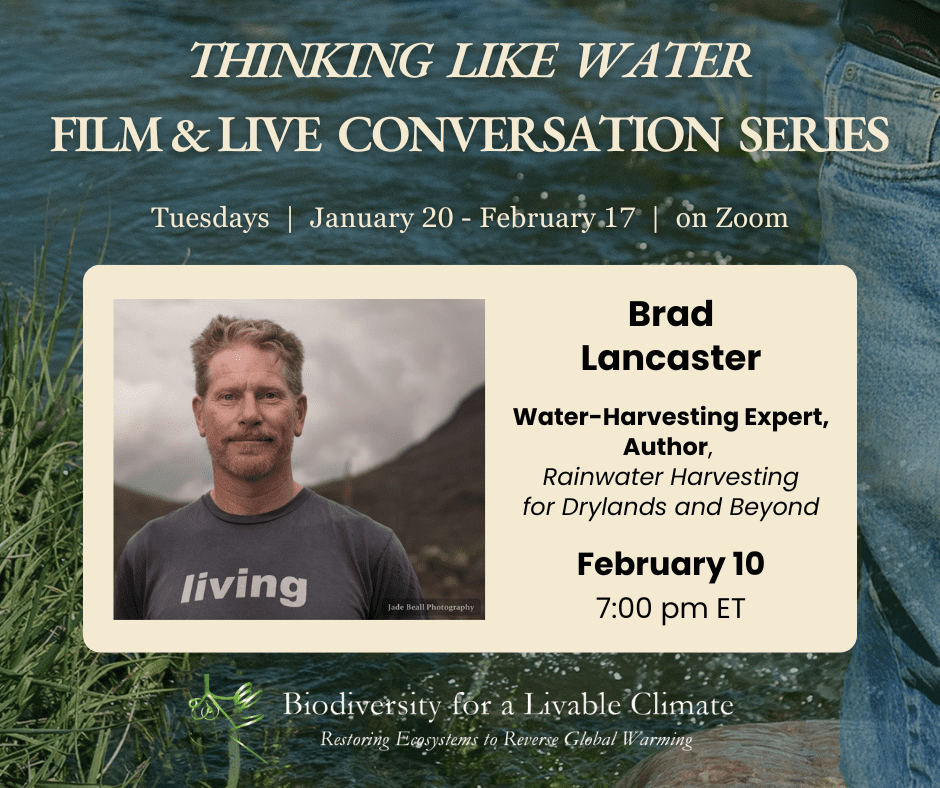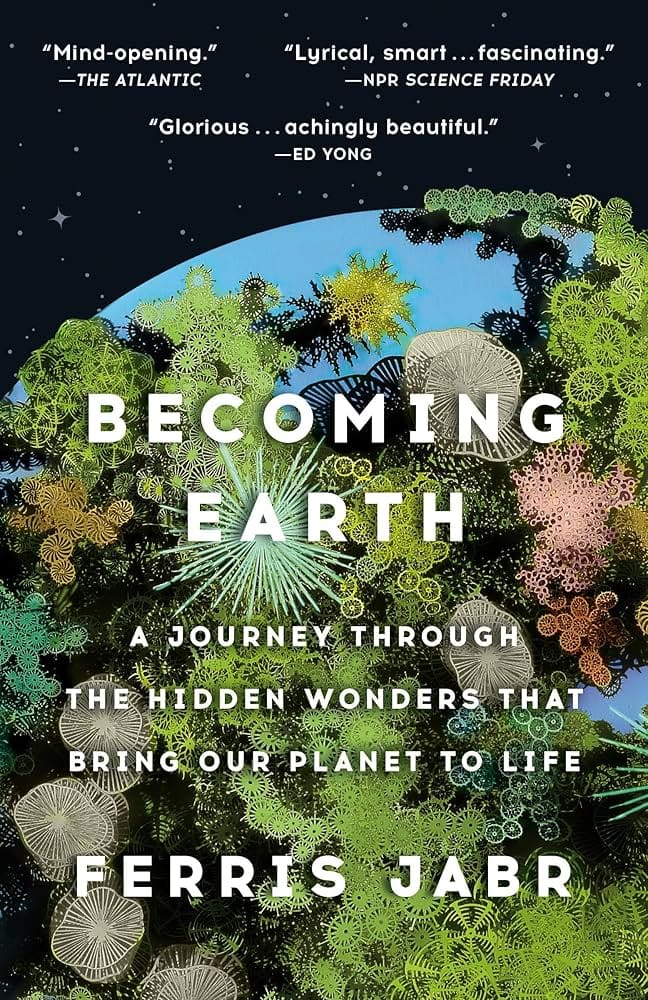Which creature who helps fight climate change has newborns the size of an adult elephant and is not a fan of boats?
The Blue Whale!
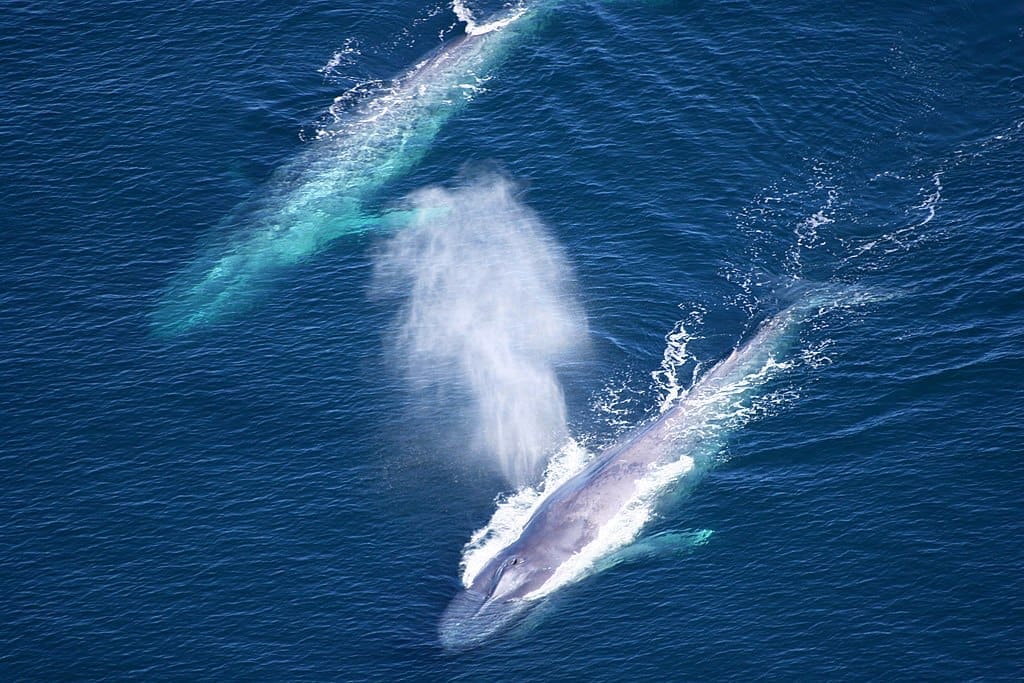
Big, bigger, and biggest
Blue whales are the largest creature to ever grace this Earth. They can grow to around 100 ft (33 meters), which is more than twice the size of a T-Rex dinosaur! Newborn calves are around the same size as an adult African elephant – about 23 ft (7 meters). To get more of an idea of how huge these animals are, picture this: a blue whale’s heart is the size of a car, and their blood vessels are so wide a person can swim through them!
Despite their large size, blue whales eat tiny organisms. Their favorite food is krill, small shrimp-like creatures. They can eat up to 40 million of these every day. They do so by opening their mouths really wide, and after getting a mouthful, they’ll close their mouths and force out the swallowed water with their tongue, while trapping the krill behind their baleen plates – this method is known as filter feeding.
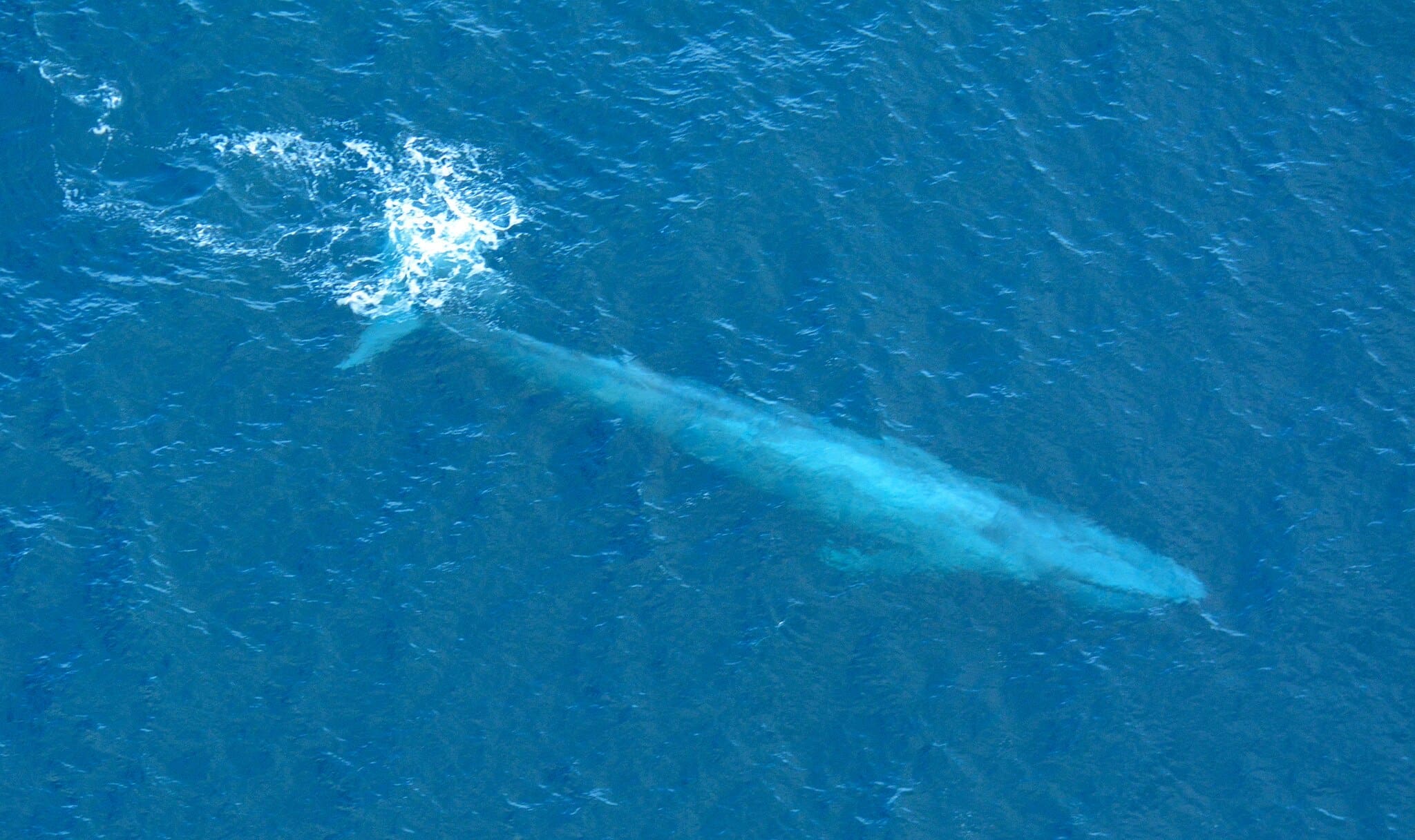
From coast to coast
Blue whales live in every ocean except the Arctic. They usually travel alone or in small groups of up to four, but when there are plenty of krill to go around, more than 60 of these mega-creatures will gather around and feast.
Blue whales can communicate across 1,000 miles (over 1600 km)! Their calls are loud and deep, reaching up to 188 decibels – so loud that it would be too painful for human ears to bear. Scientists believe that these calls produce sonar – helping the whales navigate through dark ocean depths.
Climate Regulator
All that krill has to go somewhere, meaning out the other end. Whale poop helps maintain the health of oceans by fertilizing microscopic plankton. Plankton is the bedrock of all sea life, as it feeds the smallest of critters, and these critters then feed larger creatures (and on goes the food chain). Plankton include algae and cyanobacteria that get their energy through photosynthesis, and they are abundant throughout Earth’s oceans. These microorganisms contribute to carbon storage by promoting the cycling of carbon in the ocean, rather than its emission in the form of carbon dioxide. Without whales, we wouldn’t have as much plankton, and without plankton, the food cycle would collapse, and more gas would rise to the atmosphere. Therefore, whale poop acts as a climate stabilizer.
Learn more about this whale-based nutrient cycle here:
Size doesn’t equal protection
Unfortunately, the sheer size of blue whales isn’t enough to prevent them from harm. Blue whales were heavily hunted until last century, and although a global ban was imposed in 1966, they are still considered endangered.
Today, blue whales must navigate large and cumbersome fishing gear. When they get entangled, the gear attached to them can cause severe injury. Dragging all that gear adds a lot of weight, so this also zaps their energy sources. Since blue whales communicate through calls intended to travel long distances, increased ocean noise either from ships or underwater military tests can also disrupt their natural behaviors.
Another threat blue whales face are vessel strikes. They can swim up to 20 miles an hour, but only for short bursts. Usually, blue whales travel at a steady pace of 5 miles per hour. This means that they aren’t fast enough to dodge incoming vessels, and these collisions can lead to injuries or even death for the whales. In areas where traffic is high, such as ports and shipping lanes, this threat becomes even more prominent.
To protect blue whales, and our oceans, we can implement sustainable fishing practices that use marine mammal-friendly gear. We can also reduce man-made noise, and utilize precautionary measures when venturing out to sea. That way we avoid vessel strikes and have a higher chance of witnessing the largest creature to ever grace our planet.
For creatures big, bigger, and biggest,
Tania

Tania graduated from Tufts University with a Master of Science in Animals and Public Policy. Her academic research projects focused on wildlife conservation efforts, and the impacts that human activities have on wild habitats. As a writer and activist, Tania emphasizes the connections between planet, human, and animal health. She is a co-founder of the podcast Closing the Gap, and works on outreach and communications for Sustainable Harvest International. She loves hiking, snorkeling, and advocating for social justice.
Sources and Further Reading:
https://us.whales.org/whales-dolphins/facts-about-blue-whales/
https://www.natgeokids.com/uk/discover/animals/sea-life/10-blue-whale-facts/
https://www.fisheries.noaa.gov/species/blue-whale
https://www.greatwhaleconservancy.org/how-whales-help-the-ocean


